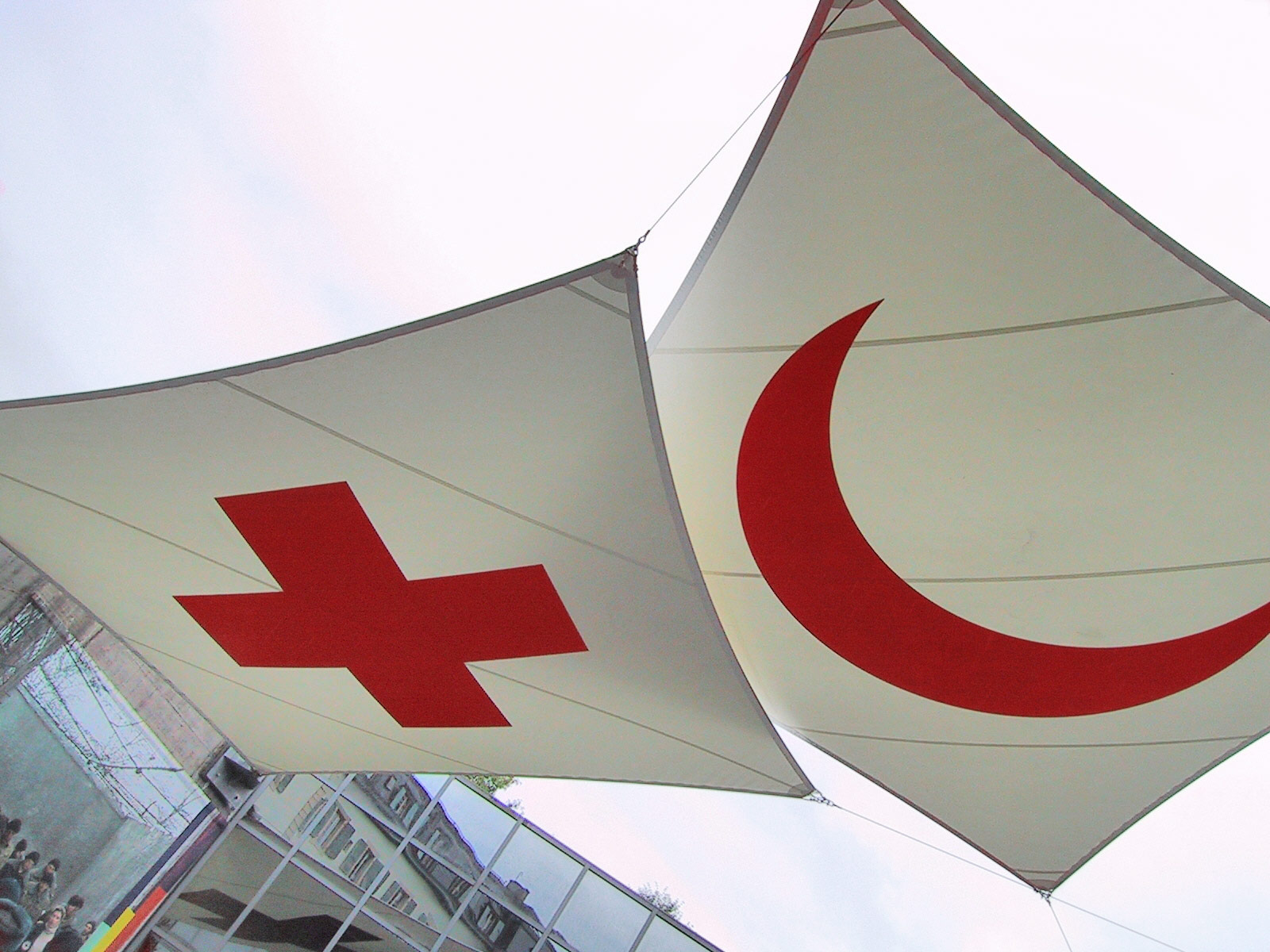Seville Agreement on:
[Wikipedia]
[Google]
[Amazon]
 The Seville Agreement is an agreement drafted by the
The Seville Agreement is an agreement drafted by the
Seville Agreement 2.0
was agreed at the Council of Delegates. Seville 2.0 replaces the original Seville Agreement of 1997 and its supplementary measures adopted in 2005. Seville 2.0 represents a significant change in that it identifies national Red Cross and Crescent organisations as the lead response agency of the Movement, in countries affected by natural and manmade disasters. Where a disaster might require a collective Movement response, it stipulates the National Society'' convenes'' while the IFRC and/or the ICRC act as '' co-conveners'' in case of natural disaster or armed conflict respectively.
{{Authority control International Red Cross and Red Crescent Movement Humanitarian aid
 The Seville Agreement is an agreement drafted by the
The Seville Agreement is an agreement drafted by the International Red Cross and Red Crescent Movement
The organized International Red Cross and Red Crescent Movement is a Humanitarianism, humanitarian movement with approximately 16million volunteering, volunteers, members, and staff worldwide. It was founded to protect human life and health, to ...
in 1997 to specify which Red Cross entity takes the lead role in different scenarios.
The full name of the agreement is the ''Agreement on the organization of the international activities of the components of the International Red Cross and Red Crescent Movement''.
Background
The Seville Agreement was the latest of several "peace treaties" that sought to end turf wars between theInternational Committee of the Red Cross
The International Committee of the Red Cross (ICRC) is a humanitarian organization based in Geneva, Switzerland, and is a three-time Nobel Prize laureate. The organization has played an instrumental role in the development of rules of war and ...
(ICRC) and the International Federation of Red Cross and Red Crescent Societies
The International Federation of Red Cross and Red Crescent Societies (IFRC) is a worldwide humanitarian aid organization that reaches 160 million people each year through its 191 member National Societies. It acts before, during and after disas ...
(IFRC). Others were drafted in 1969, 1974, and 1989.
Details of the agreement
The Seville Agreement identified the ICRC as lead agency in protecting persons caught in armed conflict or internal strife as well as managing the "immediate effects" ofrefugee
A refugee, according to the United Nations High Commissioner for Refugees (UNHCR), is a person "forced to flee their own country and seek safety in another country. They are unable to return to their own country because of feared persecution as ...
s or natural disaster
A natural disaster is the very harmful impact on a society or community brought by natural phenomenon or Hazard#Natural hazard, hazard. Some examples of natural hazards include avalanches, droughts, earthquakes, floods, heat waves, landslides ...
s that occur during armed conflict
War is an armed conflict between the armed forces of states, or between governmental forces and armed groups that are organized under a certain command structure and have the capacity to sustain military operations, or between such organi ...
. The IFRC takes the lead in response to natural disasters or when the capacity of the national societies is overwhelmed. National Societies take the lead when both the ICRC and IFRC concur.David P. Forsythe: ''The Humanitarians: The International Committee of the Red Cross.'' Cambridge University Press: Cambridge, 2005. pp124-128.
2005 strengthening
At the Council of Delegates in Seoul in 2005, the Seville Agreement was strengthened by the adoption of a set of "supplementary measures". These supplementary measures were designed to enhance the Seville Agreement. The measures include steps to clarify the respective roles of the "lead agency" and the host national society: The latter should maintain its role and mandate at all times and therefore be the primary partner of the lead agency. All other components involved in an international operation should support an increased role for the host national society in the direction and coordination of activities. Moreover, the function of lead agency is defined as a temporary response to a particular emergency. The supplementary measures also mention different steps to promote better knowledge of the agreement within the movement itself. They call on the ICRC and the IFRC to design training modules on the agreement with the involvement of national societies and ask all components to conduct training sessions for staff and volunteers.2022 Seville Agreement 2.0
In 2022, thSeville Agreement 2.0
was agreed at the Council of Delegates. Seville 2.0 replaces the original Seville Agreement of 1997 and its supplementary measures adopted in 2005. Seville 2.0 represents a significant change in that it identifies national Red Cross and Crescent organisations as the lead response agency of the Movement, in countries affected by natural and manmade disasters. Where a disaster might require a collective Movement response, it stipulates the National Society
References
External links
{{Authority control International Red Cross and Red Crescent Movement Humanitarian aid